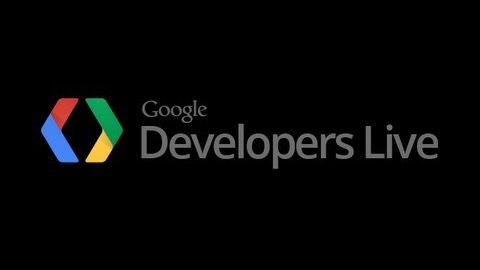
字幕與單字
Google Drive SDK。在Android上編寫第一個Drive應用 (Google Drive SDK: Writing your first Drive app on Android)
00
羅致 發佈於 2021 年 01 月 14 日收藏
影片單字
account
US /əˈkaʊnt/
・
UK /ə'kaʊnt/
- n. (c./u.)利益;好處;銀行帳戶;帳;帳目;帳戶;描述;帳戶;重要性;解釋;客戶
- v.i.解釋
- phr.因為
A1 初級多益中級英檢
更多 project
US /prəˈdʒɛkt/
・
UK /prəˈdʒekt/
- v.t./i.估計;投影;使...突出;展現;計劃
- n. (c./u.)計劃項目;專案;工程;公共住宅;任務;建設項目
A1 初級多益初級英檢
更多 drive
US /draɪv/
・
UK /draɪv/
- n. (c./u.)推動力; 動機;驅趕;趕走(動物);電腦硬盤;旅行;驅動引擎;擊出高爾夫球;(私人住宅的)車道
- v.t.驅趕;趕走;駕駛;使...做出;使(引擎)發動;擊球;把(釘;樁等)打入
A1 初級多益初級英檢
更多 使用能量
解鎖所有單字
解鎖發音、解釋及篩選功能
